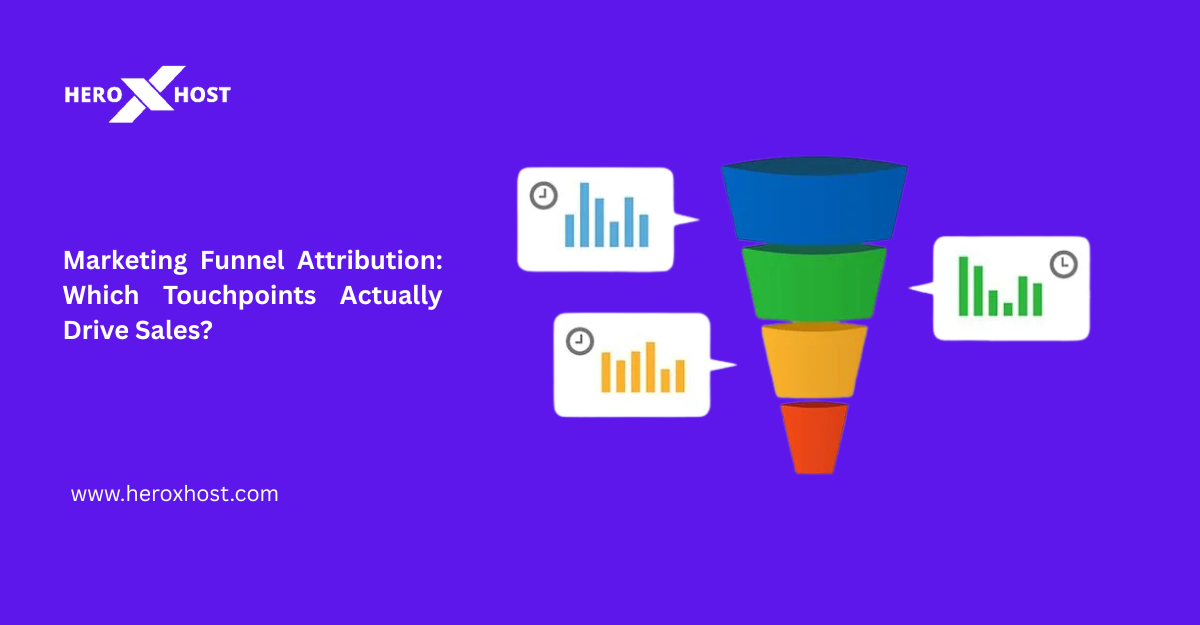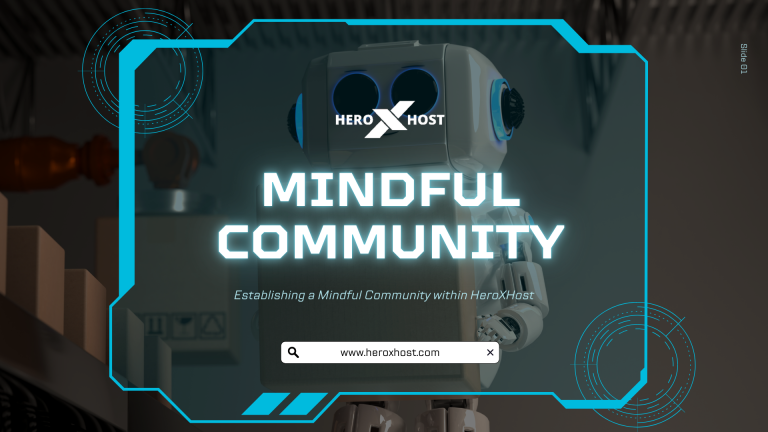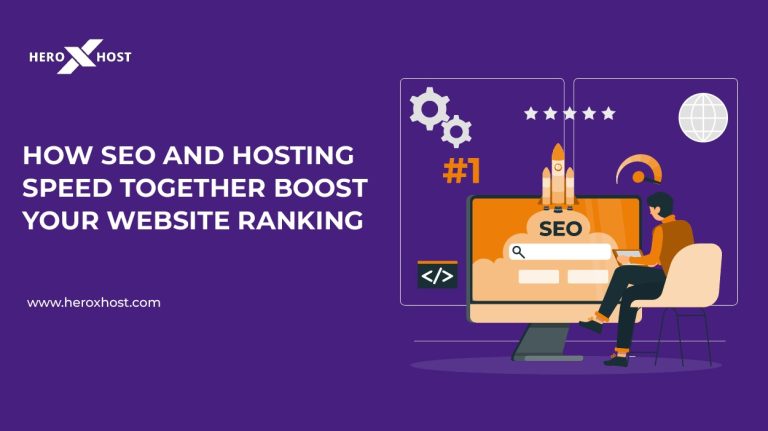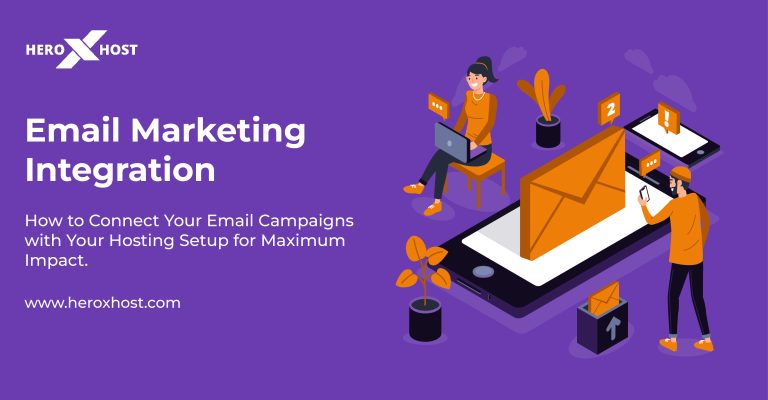Table of Contents
Introduction: The Marketing Attribution Mystery
Picture this: A customer sees your Facebook ad, clicks through to your website, leaves without buying, then returns three days later via Google search, browses your blog, signs up for your newsletter, and finally purchases after receiving an email promotion. Which touchpoint deserves credit for the sale?
This scenario illustrates the complex challenge of marketing funnel attribution. Moreover, understanding which touchpoints actually drive sales has become increasingly critical as customer journeys span multiple channels and devices. In fact, studies show that B2B buyers interact with 11.4 touchpoints before making a purchase decision.
Therefore, mastering marketing funnel attribution isn’t just about data—it’s about unlocking the true drivers of your business growth.
What Is Marketing Funnel Attribution?
Marketing funnel attribution involves identifying and assigning credit to the different interactions or touchpoints that influence a customer’s journey from initial awareness to final purchase. Think of it as detective work for marketers.
The Attribution Challenge
Traditionally, businesses used last-click attribution, assigning full credit for a conversion to the final interaction a customer had before making a purchase. However, this approach is like crediting only the last player who touches the ball before scoring a goal—it ignores the entire team’s contribution.
Furthermore, modern customers rarely follow a linear path. Instead, they zigzag through multiple channels, creating a web of interactions that influence their final decision.
Why Marketing Funnel Attribution Matters for Your Business
1. Optimize Budget Allocation
Without proper attribution, you might be throwing money at touchpoints that don’t drive results. Consequently, accurate attribution helps you:
- Identify high-performing channels
- Reduce spend on ineffective touchpoints
- Maximize return on advertising spend (ROAS)
2. Understand Customer Behavior
Attribution reveals how customers actually discover and interact with your brand. Additionally, this insight helps you:
- Create more effective customer journeys
- Identify gaps in your funnel
- Personalize experiences based on touchpoint performance
3. Prove Marketing ROI
CMOs face increasing pressure to demonstrate marketing’s impact on revenue. Therefore, solid attribution data provides the evidence needed to secure budget and support strategic decisions.
Common Marketing Funnel Attribution Models Explained
First-Touch Attribution
First-touch attribution gives 100% credit to the initial touchpoint that introduced a customer to your brand. This model helps you understand which channels are best at generating awareness.
When to use: B2B companies with long sales cycles or brands focused on awareness campaigns.
Last-Touch Attribution
Last-touch attribution gives full credit for a conversion to the last interaction a user had before taking action. While simple to implement, it often undervalues upper-funnel activities.
When to use: E-commerce businesses with short sales cycles or direct-response campaigns.
Linear Attribution
Linear attribution assigns equal credit to every touchpoint a customer interacts with throughout their journey. Think of it as giving every player on the team equal recognition.
When to use: When you want a balanced view of all touchpoints’ contributions.
Time-Decay Attribution
Time-decay attribution assigns greater credit to marketing touchpoints that occur closer in time to the final conversion. It’s like a reverse hourglass—the closer to the bottom, the more weight it carries.
When to use: Businesses where recent interactions have more influence on purchase decisions.
Data-Driven Attribution
Data-driven attribution uses machine learning to analyze your specific customer data and assign credit based on actual conversion patterns. Consequently, this approach provides the most accurate picture of touchpoint performance.
When to use: Businesses with sufficient data volume and advanced analytics capabilities.
Essential Tools for Marketing Funnel Attribution Tracking
Google Analytics 4 (GA4)
GA4 offers several attribution models and cross-device tracking capabilities. Additionally, its machine learning features help identify patterns in customer behavior.
Key features:
- Multi-channel funnel reports
- Attribution modeling comparisons
- Conversion path analysis
Customer Relationship Management (CRM) Systems
Modern CRMs like HubSpot and Salesforce track touchpoints throughout the entire customer lifecycle. These systems integrate seamlessly with marketing automation tools, ensuring accurate and comprehensive attribution.
Marketing Mix Modeling (MMM)
MMM uses statistical analysis to measure the impact of different marketing activities on sales. Therefore, it’s particularly useful for understanding offline touchpoints and brand-building activities.
Multi-Touch Attribution Platforms
Specialized platforms like Bizible and Attribution provide advanced attribution capabilities. Moreover, they offer features like:
- Cross-device tracking
- Offline attribution
- Custom attribution models
Implementing Marketing Funnel Attribution: A Step-by-Step Guide
Step 1: Define Your Goals and KPIs
Define your measurement goals before jumping into attribution.:
- Revenue attribution
- Lead quality
- Customer lifetime value
- Brand awareness impact
Step 2: Map Your Customer Journey
Document all possible touchpoints in your marketing funnel. Additionally, consider both online and offline interactions:
Top of Funnel:
- Social media ads
- Content marketing
- SEO
- Paid search
- PR and events
Middle of Funnel:
- Email campaigns
- Webinars
- Product demos
- Retargeting ads
Bottom of Funnel:
- Sales calls
- Proposal presentations
- Free trials
- Testimonials and reviews
Step 3: Implement Tracking Technology
Set up proper tracking across all touchpoints. Moreover, ensure you have:
- UTM parameters for all campaigns
- Cross-device tracking enabled
- Offline conversion tracking
- CRM integration
Step 4: Choose Your Attribution Model
Choose an attribution model that best matches your business objectives and the path your customers take before converting. Furthermore, consider testing multiple models to gain different perspectives.
Step 5: Analyze and Optimize
Regularly review attribution data to identify trends and opportunities. Additionally, use insights to:
- Reallocate budget to high-performing touchpoints
- Optimize underperforming channels
- Test new touchpoint combinations
Advanced Marketing Funnel Attribution Strategies
Cross-Device Attribution
Today’s customers switch between devices constantly. Therefore, implementing cross-device tracking ensures you capture the complete customer journey.
Best practices:
- Use first-party data for device linking
- Implement deterministic matching when possible
- Consider probabilistic matching for broader coverage
Offline Attribution
Don’t forget about offline touchpoints like:
- Phone calls
- In-store visits
- Direct mail
- Events and trade shows
Implementation tips:
- Use unique phone numbers for different campaigns
- Implement store visit tracking
- Create campaign-specific promo codes
- Survey customers about their journey
Customer Lifetime Value Attribution
Look beyond the first purchase to understand which touchpoints drive long-term value. Consequently, this approach helps you identify channels that attract high-value customers.
Incrementality Testing
Test whether your marketing activities actually drive incremental sales. Additionally, use techniques like:
- Geo-based testing
- Holdout groups
- Matched market tests
Common Marketing Funnel Attribution Mistakes to Avoid
Over-Relying on Last-Click Attribution
Last-click attribution ignores the journey that brought customers to the final touchpoint. Instead, consider multi-touch models that provide a more complete picture.
Ignoring Offline Touchpoints
Digital attribution often misses crucial offline interactions. Make sure to track phone calls, in-store visits, and other offline interactions.
Not Accounting for View-Through Conversions
Customers often see ads but don’t click immediately. However, these impressions still influence purchase decisions. Make sure to track view-through conversions.
Focusing Only on Direct Revenue
Some touchpoints excel at generating awareness or nurturing prospects rather than direct conversions. Consequently, consider the full funnel impact when evaluating performance.
Measuring Marketing Funnel Attribution Success
Key Metrics to Track
Attribution Efficiency:
- Cost per acquisition by touchpoint
- Return on ad spend (ROAS)
- Customer acquisition cost (CAC)
Journey Insights:
- Average touchpoints to conversion
- Time to conversion
- Path length analysis
Channel Performance:
- First-touch attribution revenue
- Last-touch attribution revenue
- Assisted conversions
Setting Up Attribution Dashboards
Create dashboards that show attribution data at different levels:
Executive Dashboard:
- Overall attribution model comparison
- Channel ROI summary
- Budget allocation recommendations
Marketing Manager Dashboard:
- Campaign-level attribution
- Touchpoint performance trends
- Optimization opportunities
Analyst Dashboard:
- Detailed path analysis
- Statistical significance testing
- Attribution model comparisons
Real-World Marketing Funnel Attribution Case Studies
Case Study 1: SaaS Company Optimization
A B2B SaaS company discovered that their webinars, previously considered “nice-to-have,” were actually crucial touchpoints in their attribution analysis. Moreover, prospects who attended webinars were 3x more likely to convert and had 40% higher lifetime value.
Result: They increased webinar investment by 200% and saw a 35% improvement in overall conversion rates.
Case Study 2: E-commerce Attribution Insights
An e-commerce retailer found that social media wasn’t driving direct conversions but was essential for customer discovery. Furthermore, customers who first encountered the brand on social media had higher lifetime value.
Result: They shifted from direct-response social campaigns to brand awareness campaigns, resulting in 25% higher customer lifetime value.
Future of Marketing Funnel Attribution
Privacy-First Attribution
With increasing privacy regulations, attribution is evolving toward:
- First-party data reliance
- Privacy-preserving measurement techniques
- Contextual attribution models
AI-Powered Attribution
Machine learning will increasingly power attribution, offering:
- Real-time optimization
- Predictive attribution modeling
- Automated budget allocation
Unified Customer Data Platforms
CDPs will become central to attribution, providing:
- Single customer view
- Cross-channel journey mapping
- Advanced segmentation capabilities
Conclusion: Mastering Marketing Funnel Attribution for Growth
Marketing funnel attribution isn’t just about tracking—it’s about understanding the complex dance of touchpoints that guide customers toward purchase. Moreover, by implementing proper attribution strategies, you can optimize your marketing spend, improve customer experiences, and drive sustainable growth.
Remember, attribution is an ongoing process, not a one-time setup. Therefore, continuously test, measure, and refine your approach to stay ahead of changing customer behaviors and market dynamics.
Furthermore, the businesses that master marketing funnel attribution will have a significant competitive advantage in an increasingly complex digital landscape. Start with the basics, implement tracking systematically, and gradually advance to more sophisticated attribution models.
Finally, focus on actionable insights rather than perfect data. Even imperfect attribution is better than no attribution at all.
Frequently Asked Questions
1. What’s the best marketing funnel attribution model for small businesses?
A: Small businesses should start with first-touch and last-touch attribution to understand awareness and conversion drivers. Additionally, linear attribution provides a simple multi-touch view without requiring advanced analytics capabilities.
2. Can I track offline touchpoints in my attribution model?
A: Yes, you can track offline touchpoints through unique phone numbers, store visit tracking, promo codes, and customer surveys. Moreover, many CRM systems offer offline conversion tracking capabilities.
3. How often should I review my attribution data?
A: Review attribution data monthly for trends and quarterly for strategic decisions. Additionally, monitor key metrics weekly to catch any significant changes quickly.
4. What’s the difference between attribution and conversion tracking?
A: Conversion tracking measures when conversions happen, while attribution determines which touchpoints deserve credit for those conversions. Attribution offers more comprehensive insights into the effectiveness of marketing efforts.




